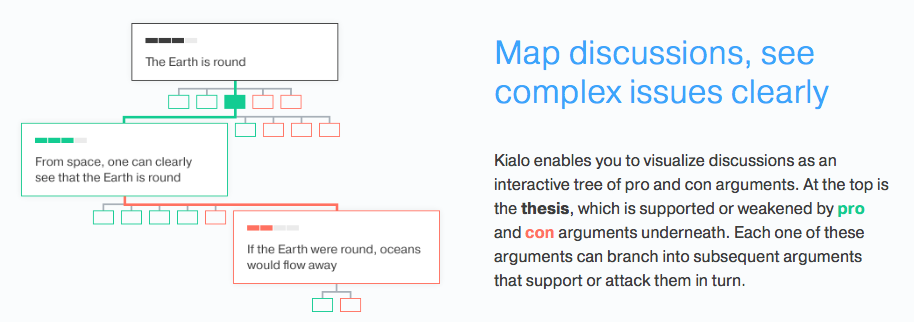So I’ve been scraping Thread Reader for a month and I think I have enough data to talk about it. Very important: the guy who runs the site and bot seems like a decent dude, I don’t think this is intentional, but there are some actions I think are worth taking.
If you look at the Trending section of Thread Reader as I post this you’re gonna see people angry at Kavanaugh, which is good. Usually, though, you’re probably going to see a lot of Trump fans, a couple of QAnon threads, a random thread… and maybe a progressive thread. Maybe.
Does that matter? Yeah, probably — a lot of us use the site to save off interesting threads, and we link to those threads, and that means a bunch of conspiracy propaganda is one click away from our links, and it’s presented as “trending.” This is a very small scale example of the kind of algorithmic radicalization that Zeynep Tufekci and James Bridle have written about. (Phrase coined by Kim-Mai Cutler.)
I’ve been scraping the trending threads from the Thread Reader front page hourly for a month, along with metadata: who posted them, how many subscribers they have on Thread Reader, hash tags, links, etc. I wanna dig more but I did some quick and dirty number crunching which is worth sharing.
The big dog of Thread Reader is Thomas Wictor. Over the month I’ve been watching, he’s had 42 threads in trending. He’s full of conspiracy theories about how Trump is setting people up — not a QAnon guy but the same kind of themes. He has 1120 followers. The number 2 poster is Stealth Jeff. He credits Thomas with converting him to a Trump fan. Jeff had 20 trending threads in a month, and has 827 followers. Number 3 is a guy named REX. He cites Stealth Jeff and Thomas Wictor often. “Now I can’t prove that this 4Chan prank was a Trump hit, but it wouldn’t surprise me.” He had 16 trending threads last month and 566 followers.
At number 4, we have Lisa Mei Crowley, our first QAnon follower. She had 11 trending threads in a month, 479 followers. Number 5 is Praying Medic, also a QAnon follower. 10 threads, 820 followers.
The first left-winger on the list is Seth Abramson, in sixth place with 5 trending threads over the month. He has 567 followers. After him there’re three people with 3 trending threads, 14 people with 2, and 91 with 1. (Hi, Ed Whelan!)
Generally speaking if you have more than a few hundred followers and you roll up threads frequently you can count on getting onto the trending list regularly. Notable progressive tweet-stormers have lots of threads rolled up — but no followers and thus rarely trend.
I also tracked hashtags and @mentions. Top five used hashtags in order: qanon, maga, fakenews, spygate, and metoo. Most often referenced Twitter accounts: Trump, POTUS, Jeff Flake, Chuck Grassley, General Flynn… and sixth is Thomas Wictor again. Thomas just got banned from Twitter again, by the by.
This is what algorithmic radicalization looks like. It’s the unintentional result of algorithms which highlight popular content. If you’re turned off by the list of trending threads, you’re less likely to make an account. Positive feedback loop.
So: algorithms are easy to game. The behavior we see on TRA may or may not be people gaming the system; doesn’t matter. If you think it would be a good idea to see more sane ideas trending on the biggest Twitter threading platform, make an account at Thread Reader — it’s free. Subscribe to your faves. If they’re OK with it, roll up their threads. The numbers are low in absolute terms; it doesn’t take a lot to make a difference.
